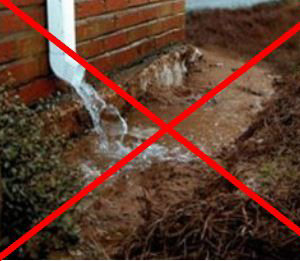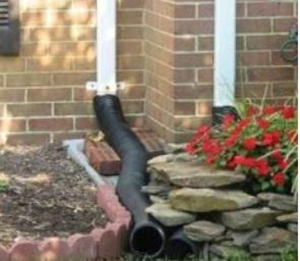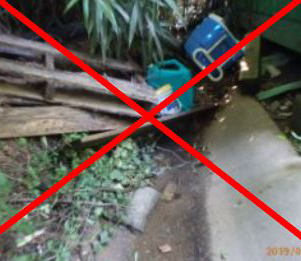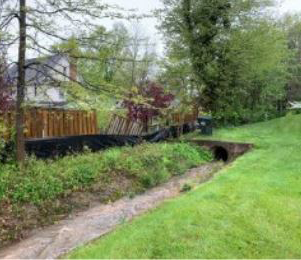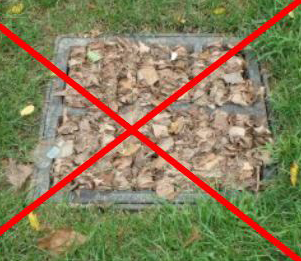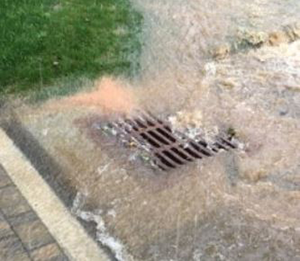Residents can plan ahead for flooding events and protect your property from the effects of flooding.
Public Works and Environmental Services Alert:

Residents can plan ahead for flooding events and protect your property from the effects of flooding.
FEMA Map Change Information and Public Meetings
Fairfax County Flood Risk Reduction Policy
Levee Safety and Flood Warning
Repetitive Loss Area Analysis Report
National Flood Insurance Program Letter
Repetitive Flood Loss Areas Letter to Residents
Ready Fairfax | Department of Emergency Management and Security
Resilient Fairfax | Office of Environmental and Energy Coordination
Stay Informed:
Have an emergency plan:
Make an Emergency Kit:
See More Recommendations:
Most homeowners and renters insurance policies do not cover damage caused by flooding.
Just one inch of water can cause thousands of dollars' worth of damage. Whether you own your home or are renting, you can get flood insurance for the property and contents, even if you’re not in a designated floodplain.
Flood insurance protection is available for purchase through the Federal Emergency Management Agency (FEMA) National Flood Insurance Program.
Private flood insurance is also an option.
Inventory your personal property. Flood insurance typically covers your structure but may not cover the contents of your property. Consider supplemental flood insurance for your belongings.
Review your policy and contact your insurance agent to determine if your policy provides adequate coverage.
Visit:
The Federal Emergency Management Agency (FEMA) National Flood Insurance Program was created to enable property owners in participating communities, including Fairfax County, to purchase flood insurance protection.
The program is available to all property owners and renters, including owners of properties that have been flooded and properties located outside of FEMA floodplains.
Properties that have been officially identified as being in a Special Flood Hazard Area and that have a federally backed mortgage are required to participate in the National Flood Insurance Program. Visit Know Your Flood Risk to learn more about Special Flood Hazard Areas.
For more information, visit What Does Flood Insurance Cover | FEMA National Flood Insurance Program, call 1-800-427-4661, or write to Federal Emergency Management Agency, 500 C Street SW, Washington, DC 20472.
Managing flood risk is a shared responsibility among the County and its residents. You can take steps to protect yourself and property from flooding.
Funded by Fairfax County and administered by the Northern Virginia Soil and Water Conservation District, the Flood Mitigation Assistance Program (FMAP) offers applicants partial reimbursement—up to a maximum dollar amount —for the costs of projects that protect their properties from flood damage. Projects on FMAP’s Approved List of Practices, or those approved on a case-by-case basis by the Northern Virginia Soil & Water Conservation District, are eligible for reimbursement. FMAP is funded by Fairfax County’s Stormwater Service District | Public Works and Environmental Services.
It is commonly stated that water follows the path of least resistance; however, it is more accurate to state that water follows the “most available” path of least resistance. The stormwater pipe system, inlets, ditches and channels are intended to collect and convey rainwater runoff from common storms. During larger and less common storms such as isolated cloud bursts and hurricanes, these systems can become overwhelmed and seek other available paths. As runoff looks for these available paths it first fills in the low-lying areas such as sumps or depressions and floodplains. The path the water takes to get to these low-lying areas is called the overland relief path. As runoff collects in the lower portions of a drainage area the volume of water increases and even more room in the overland flow path is needed for the runoff.
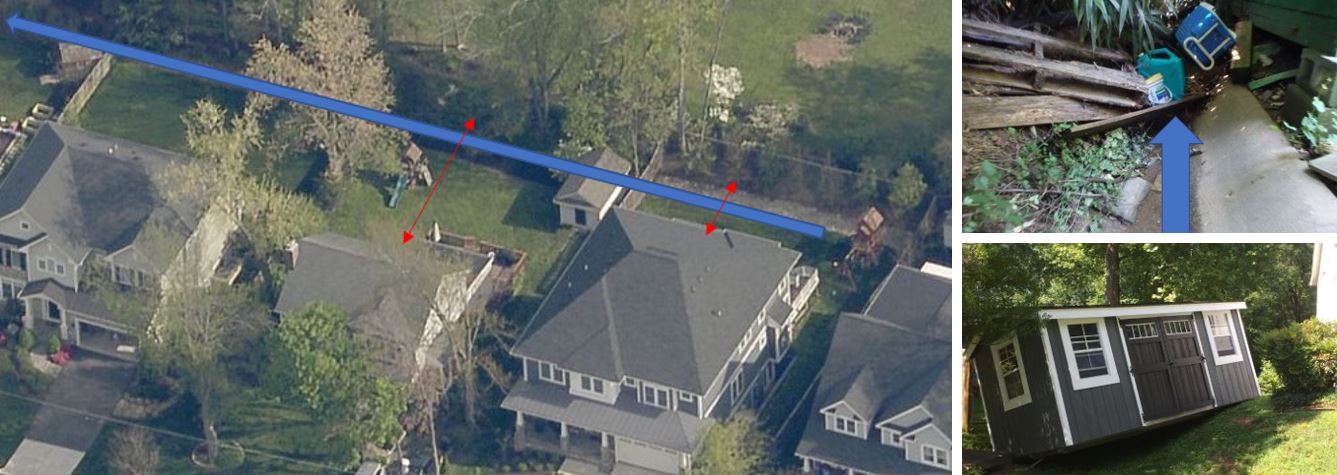
Your property may not be in a valley or even the lowest area of your neighborhood, but all it takes is for an opening in your home to be lower than the depth of the water in the overland relief path for your home to be at risk of flooding. During the next big rainfall, check to see how water flows around your home. Make room for the runoff by keeping flow paths clear of fences, planting beds, sheds, and other obstructions that could block the stormwater and cause ponding or flooding.
